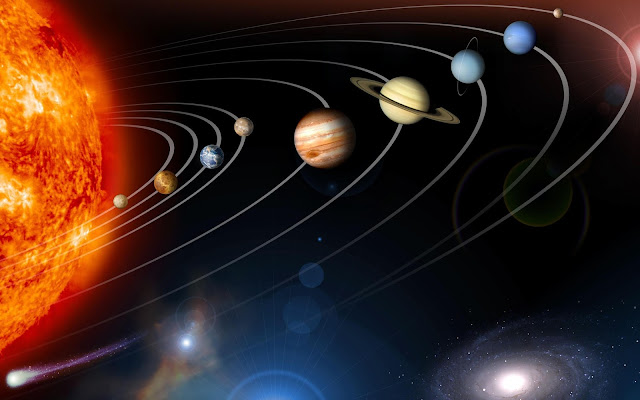Is EARTH lucky? How often do we always hear of such new revolution within time? It's been ages since we last heard of a 'lucky' transformation that breeds goodnews to Planet Earth. Astronomers have discovered not one, not two, but seven Earth-sized planets orbiting a star called TRAPPIST-1; SEVEN.!
The goodnews is, three of them are in the habitable zone— the happy place where liquid water can exist on the surface of rocky planets, as it’s not too hot or cold. (Although liquid water could potentially exist on any of the seven, NASA said, it likes the odds on those three best.) The space agency calls the discovery of the fascinating solar system record-breaking.
Scientist had their say concerning this new development.
Scientist had their say concerning this new development.
“The discovery gives us a hint that finding a second Earth is not just a matter of if, but when,” Thomas Zurbuchen, associate administrator of the Science Mission Directorate at NASA Headquarters, said at a news conference announcing the discovery.
The discovery "is very promising for the search for life beyond our solar system,” Michael Gillon, astronomer at the University of Liege in Belgium, added during the press conference.
Nevertheless, this is the first time astronomers have found so many Earth-sized planets circling the same sun.
Since the seven planets orbit the star-- which is roughly 40 light years away-- fairly close to each other, the view from one planet would reveal other planets to look as big, if not bigger, than the way we see the moon from Earth.
“If you were on the surface of one of these planets, you would have a wonderful view [of] the other planets,” Gillon said, adding that they would be much more than just "dots of light" in the sky, as we see other planets, like Venus, from our home planet.
Does this spell goodnews?
The discovery "is very promising for the search for life beyond our solar system,” Michael Gillon, astronomer at the University of Liege in Belgium, added during the press conference.
Nevertheless, this is the first time astronomers have found so many Earth-sized planets circling the same sun.
Since the seven planets orbit the star-- which is roughly 40 light years away-- fairly close to each other, the view from one planet would reveal other planets to look as big, if not bigger, than the way we see the moon from Earth.
“If you were on the surface of one of these planets, you would have a wonderful view [of] the other planets,” Gillon said, adding that they would be much more than just "dots of light" in the sky, as we see other planets, like Venus, from our home planet.
Does this spell goodnews?
Follow us on twitter @koksnationn
